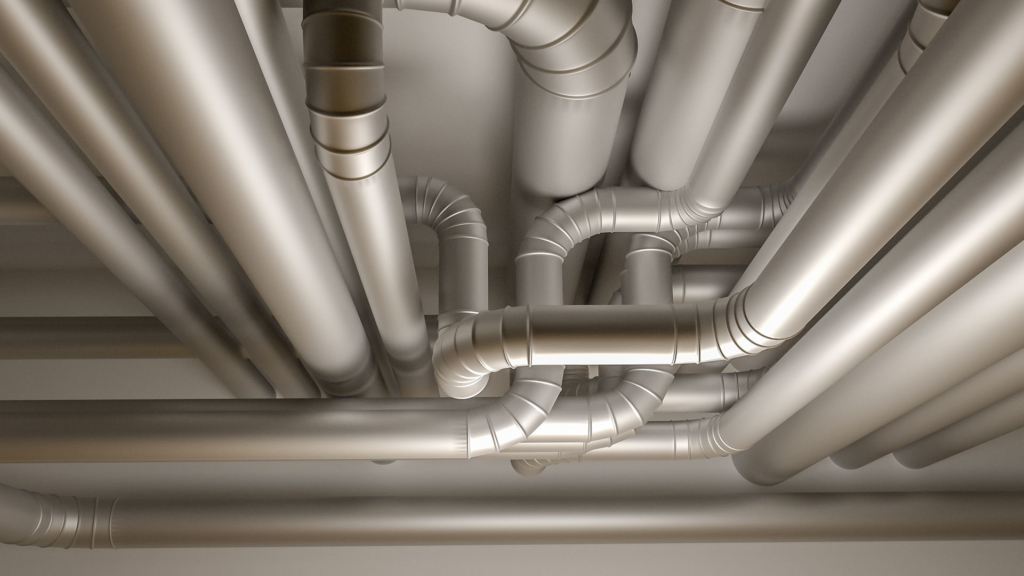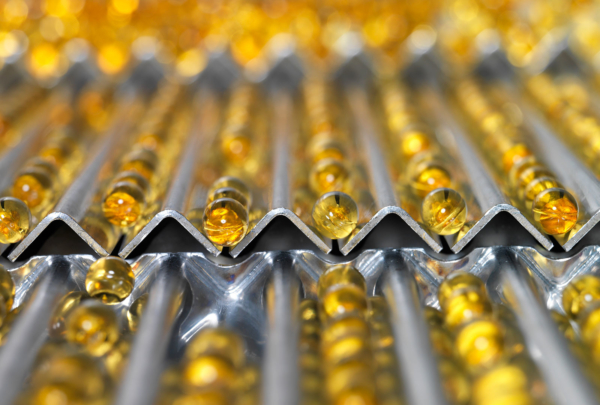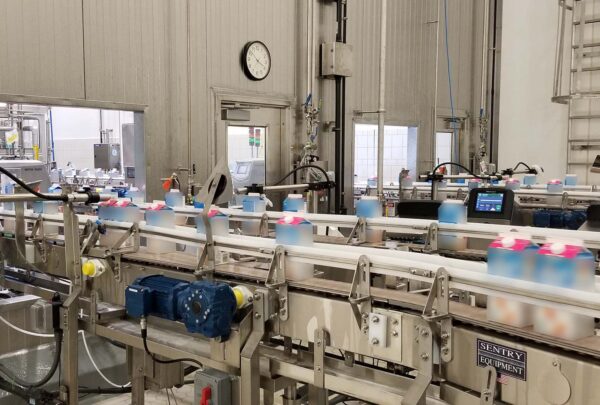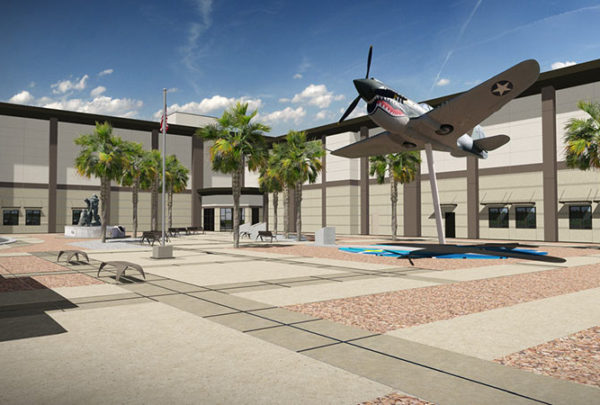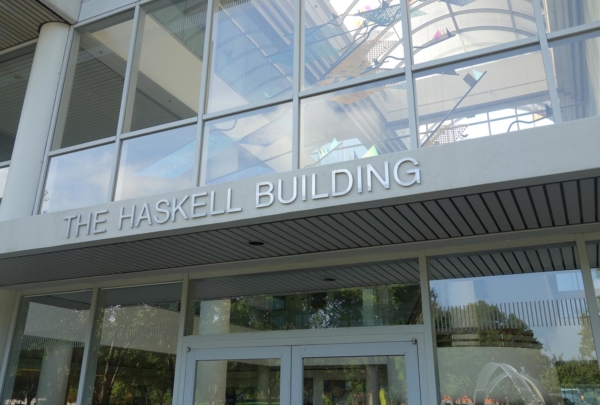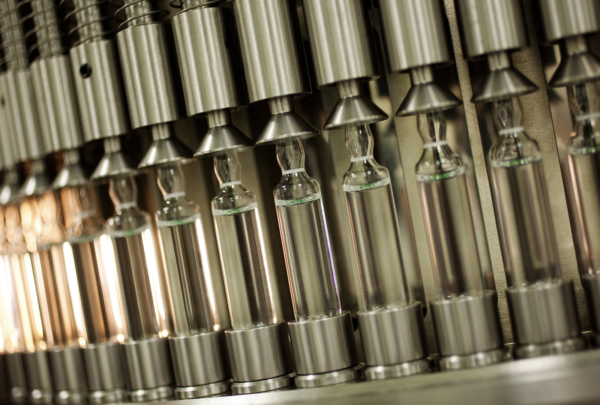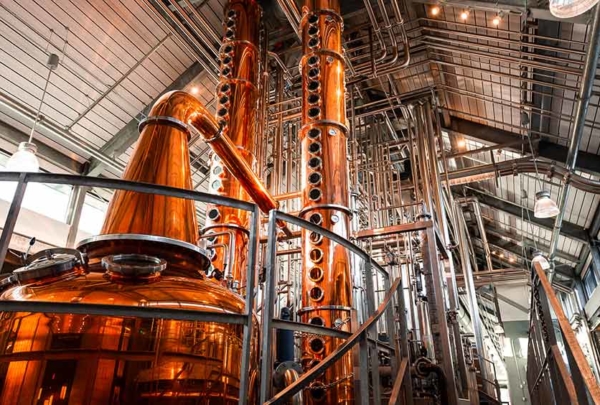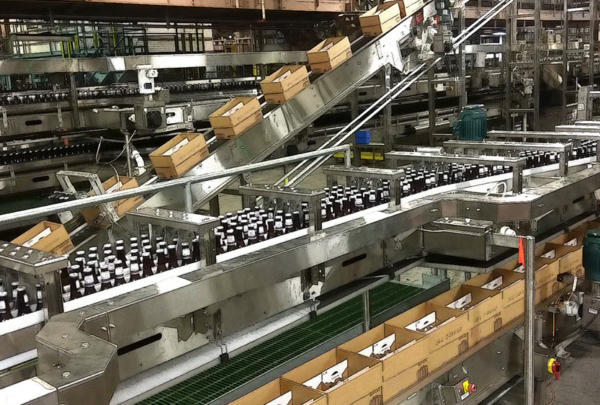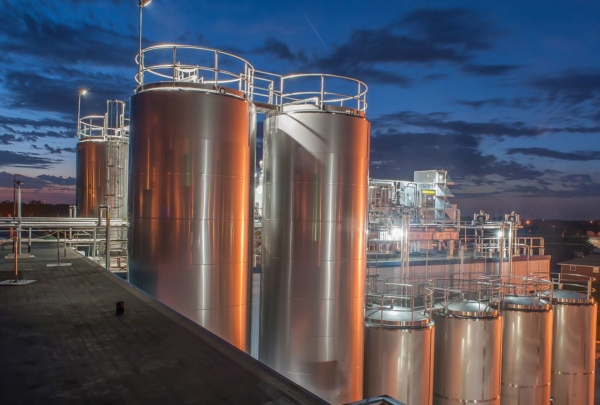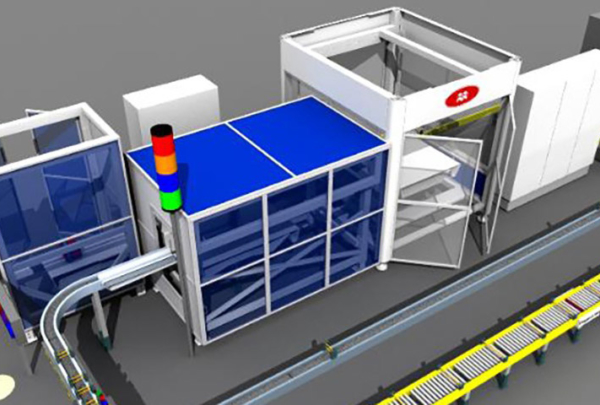In the process of developing a design for a food production facility, there are many things for an owner/operator to consider: capital financing, access to raw materials, proximity to distribution points, layout of process equipment, future expansion capabilities, adequate staffing and employee welfare facilities among many others.
It’s no wonder airflow, the movement and filtration of an invisible gas, within the facility can get overlooked. However, properly designed and installed airflow systems are essential to a clean and safe food production environment.
While there are many nuances to airflow design and unique considerations based on the type of facility, layout of the facility and what is being produced in it, some of the common considerations that apply to most facilities include:
- Air Distribution
- Filtration
- Pressurization
- Temperature/Humidity
In this blog we will explore each of these four common considerations. Let's begin with air distribution.
Air Distribution
Good airflow design in any facility begins with proper distribution of the air. In order for the system to achieve the performance required for a safe food production environment, air distribution needs to be even throughout the production spaces to provide a platform for achieving proper filtration, pressurization, temperature and humidity conditions. The distribution ductwork will need to be accessed for cleaning and swab tests and also be located away from open product.
There are many cost-effective solutions to achieving good air distribution, particularly when designing a new facility. A variety of air terminal devices (grilles, registers and diffusers) are available depending on the application. Fabric duct (sometimes referred to as duct socks) are a type of duct and terminal device in one that offers some real advantages in both first cost and performance.
Most manufacturers of air terminals publish air velocity and distribution charts for designers to use to assure even air distribution. Velocities down to 50 or 25 feet per minute are typically adequate for particulate, temperature and moisture control. Designers should perform analysis of the terminal devices to assure they can achieve some level of air movement in all areas of the production room. This can be done simply by drawing arcs around a dimensionally accurate plan showing the location of the terminal devices. The arcs represent the distance or ‘throw’ of each device. More sophisticated analysis may include the use of computational fluid dynamics (CFD) models. Air flow and velocity analysis can also be performed by most manufacturers of fabric duct systems aiding in the final layout and sizing.
Another equally important aspect of even air distribution occurs on the return air side. If all the air returns in one location, air is more likely to short circuit and not distribute to all areas of the room causing uneven temperatures, localized humidity issues and buildup of particulates. It is preferred to spread out the return air inlets and locate them in opposite elevations as supply air outlets (typically lower to the floor since most supply air is distributed up high).
When this cannot be accomplished, selection of air devices should be done more carefully and include additional analysis on overall distribution of air. This can be done by reviewing vertical sections of the building to see if the air devices are able to deliver air to the lower part of the spaces. It may be appropriate to evaluate whether a CFD model is necessary to assure that airflow is being evenly distributed. Once considered for more specialized applications, the lower cost and greater usability of CFD software is making it more practical for use in evaluating heating, ventilating and air-conditioning (HVAC) systems.
Filtration
Filters are designed to remove contaminants from the air stream. These contaminates can come from the outside air (pollen, dust, products of combustion) brought in for ventilation purposes or it can come from inside the space generated by the occupants or through the production process (powders, textile fibers, cooking oil). There are many types of filters depending on what is being removed. For particulates, filters are typically made of some kind of fibrous material that the air has to pass through and the particles are bonded to the filter media. Filtration of gases can be much harder and, in some cases, cannot be practically filtered and are merely diluted. Carbon (like charcoal) is commonly used to remove gases, and there are other technologies such as ionic filters that can handle gases as well.
Particulate control is the most common need for filters. In many facilities, there are product quality assurance (QA) staff that will determine the amount of filtration required in each area. Each range of particulates are associated with different potential contaminates (e.g., pollen, textile fibers, mold) and knowing what contaminants are most likely and which will cause product issues, the QA staff can determine the specifications for the filtration system.
Sometimes the user’s QA team will specify a minimum efficiency of the filters and air exchange rate to be used. The most common filter rating system in the U.S. is MERV (minimum efficiency reporting value). MERV ratings represent an efficiency of removing particles of various sizes (e.g., from 1.0 – 3.0 microns, or 0.3 to 1.0 microns). Air exchange rates, sometimes referred to as air changes per hour, determine how often the air in the space passes the filters.
In other cases, the concentration of particles of certain size (e.g., less than 100 parts per million of particles greater than 3 microns) may be specified. In this case, the filter efficiency and air exchange rate of each space has to be determined from calculations and experience in similar facilities.
Evenly distributed air, as mentioned in Part 1 of this series, is necessary to assure that all of the air in the space is being swept and all the particulates have an opportunity to be picked up by the return air systems. It is the return air system that brings all the indoor air and particulates to the filter banks. If you can’t get the particles to the filters, they will just keep circulating within the facility and concentrating.
Filtration for processing areas typically has a pre- and post-filter located in series within the air flow. The pre-filter has a MERV rating much lower than the final filters. This acts as a sacrificial filter to increase the life expectancy of the final filter and reduce the maintenance cost of frequent final filter changes.
In some applications UV lights are used to further clean the air and provide the cleanliness required for the application.
Pressurization
Pressurization is important in the control of contamination within a food production facility. Many operators want to keep the exposed, cooked foods positively pressurized relative to the raw ingredient or finished goods storage areas but are unable to do it cost-effectively. This can be due to a variety of reasons such as too many openings between spaces, not enough outside air, or inadequate air handling equipment and controls.
The first step to ensuring proper pressurization of a facility is to determine the pressure relationships desired. Some plants have a variety of environments from clean to dirty (e.g., raw product, cooking, packaging and finished/packaged product). These areas will typically have varying levels of cleanliness requirements resulting in varying degrees of filtration and pressurization relative to each other. The cleanest area is typically where the food product is going into its primary packaging. For example, starting with an outside air pressure that is defined as neutral or “0”, the various areas of a processing plant may have the following pressures relative to each other:
The building construction and layout are important to maintaining proper pressurization. The quality of the exterior and interior wall construction between spaces of different environmental conditions determines how easy or hard it will be to maintain pressure. Even though there will be openings in the walls for movement of product and personnel, that doesn’t mean that the rest of the wall can have leaks as well. Every crack and opening results in a transfer of air and unnecessary openings result in more air transfer and potential contamination.
Plant layout can have a significant impact on the ability to maintain proper pressurization. A straight-line plant layout has a lot of advantages for air flow design but is rarely practical from an overall space planning and operations standpoint. The advantage is that it avoids spaces that are of varying pressurization being next to each other (e.g., a +1 next to a +3 and a +2). Given that it is often not practical, air flow designs often have to accommodate multiple pressure zones adjacent to each other (more on that below).
One overlooked key to successful pressurization control is the sensor that monitors the pressure between spaces. Some facilities do not have sensors at all and rely instead on the initial air balancing of the facility to maintain pressure relationships. Unfortunately, those relationships will drift significantly over a short period due to belts varying in tension, filters loading up with particulates, and general wear of the equipment. Rebalancing the air handling equipment to maintain the pressure relationships is impractical. Even if the equipment was rebalanced frequently, the outside air pressure varies as weather changes occur. As a result, many of these facilities are not meeting their pressurization needs.
Because of the differential pressure relationships, air will flow from one space to another. Eventually, the air flowing from room to room will flow out of the facility to the outdoors. Since what goes out, must come in, outdoor air will have to be treated and introduced into the facility. The goal is to maintain the pressure relationships with the least amount of outdoor air as possible to reduce initial and operating costs, as outdoor air can be expensive to provide.
Some facilities install pressure sensors and control fans and dampers to maintain pressure relationships. This can be an effective method, as long as the right sensors are being used. Too often poor sensors subject to high levels of inaccuracy and reliability are installed. This results in the need for excessive outdoor air and maintenance on the sensors to keep them calibrated and can often be the same as when relying on initial air balancing.
The best results come from utilizing a highly accurate and reliable pressure sensor, similar to those used in labs. For example, a high-quality sensor may cost $1,000 more than a typical sensor but can potentially save $10,000 in the initial cost of the air conditioning system, and $1,000’s per year in energy savings. The correct sensor can reduce the need for outside air to 1/10th of the cheaper sensors. These savings continue throughout the life of the facility saving energy costs every year. More importantly, proper pressurization is more reliably achieved throughout the life of the building without as much need for rebalancing and recalibration.
Temperature and Humidity
With proper air distribution and pressurization, temperature and humidity control become much easier to achieve. Different processes have different temperature and humidity needs. They also introduce heat and moisture, which need to be removed to maintain the desired environmental conditions. These factors along with weather conditions for the location of the facility are taken into account in sizing the HVAC equipment that will serve the production areas. In the past, it was less common for production areas to be air-conditioned, but a combination of process needs and better environmental conditions for the personnel has led to more facilities providing air-conditioning.
As previously mentioned, pressurization requires outside air which is often not in the temperature and humidity range desired indoors. Therefore, the outside air may need to be heated, cooled and/or dehumidified. In rarer cases, humidity may need to be added. Outside air intakes should be located as far away from sources of contaminates as possible, but this often means they are on the roof where they can be subject to more extreme heat and at times humidity as well.
Most commercial HVAC units are not designed to handle the amount of outside air needed to maintain the pressurization in air-conditioned food production facilities, so it is important to determine the airflow and outside air needs first, and then select the equipment that is capable of control temperature and humidity in all weather conditions anticipated at that location. This may require multiple selections and often requires equipment with the ability to vary capacity over a wide range to handle the different load conditions the facility will experience.
Condensation and moisture control are critical in most food production facilities given the potential for the growth and spread of bacteria that can result from standing water. Keeping the space dew point temperature several degrees below the anticipated coldest surface temperature in the space keeps condensation from forming. The space dew point is a function of the moisture introduced into the space. Outside air is the most common source of moisture, but some processes and cleaning procedures will generate moisture as well. It is the combination of the outside air and return air from the space that will determine the amount of heat and moisture that needs to be removed by the HVAC units to achieve the desired ambient and dew point temperature. Surfaces that are anticipated to be cold as part of the process are typically insulated, but, depending on the type and thickness of the insulation, they may still be cooler than the room, so if the dew point is not controlled, they will often be subject to condensation. In some cases, high volumes of heated air can be used to dry out spaces after they have been washed down to reduce the dwell time of any residual standing water.
For more information, contact Haskell’s Food and Beverage division leader, Keith Perkey.
